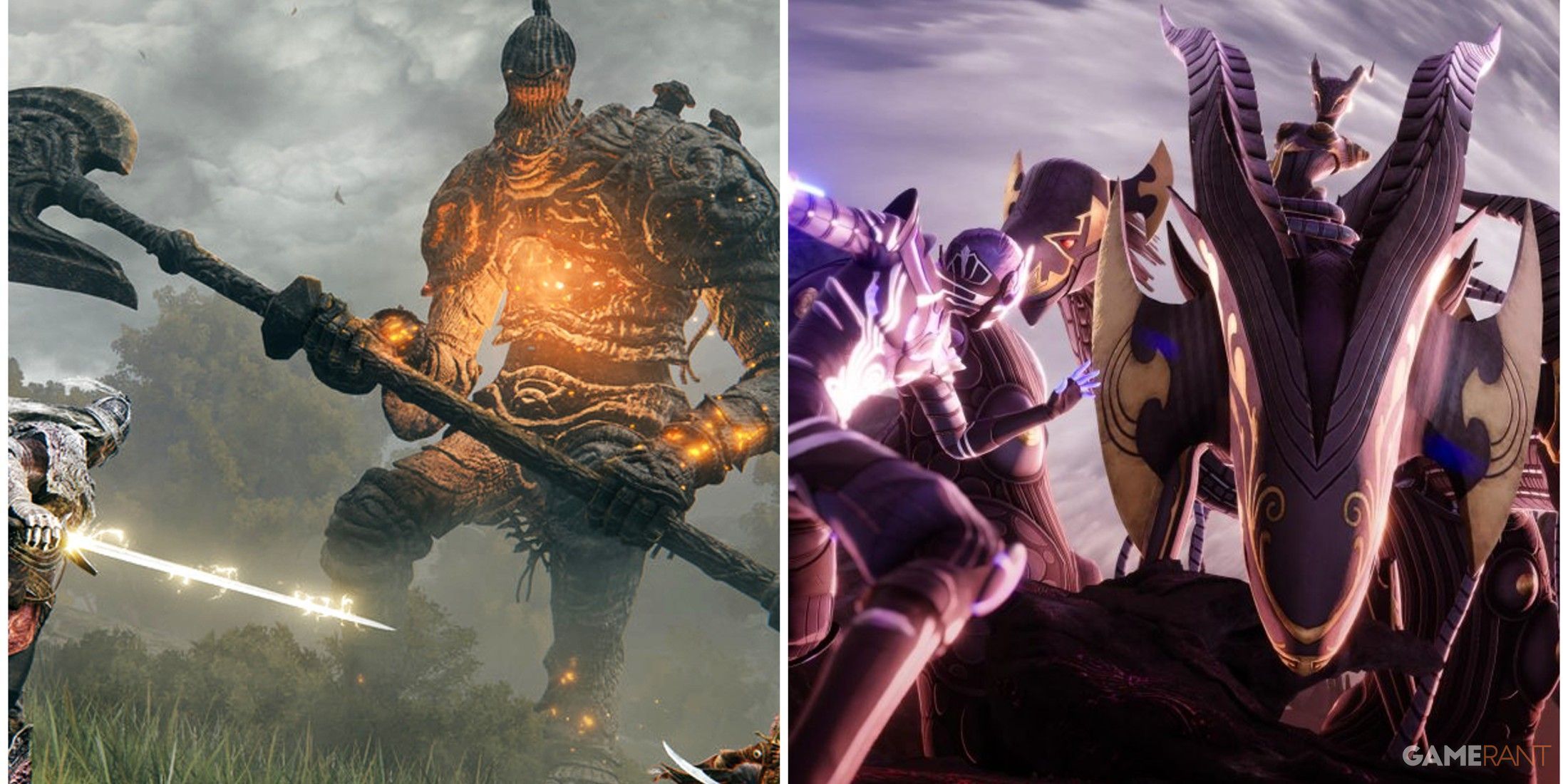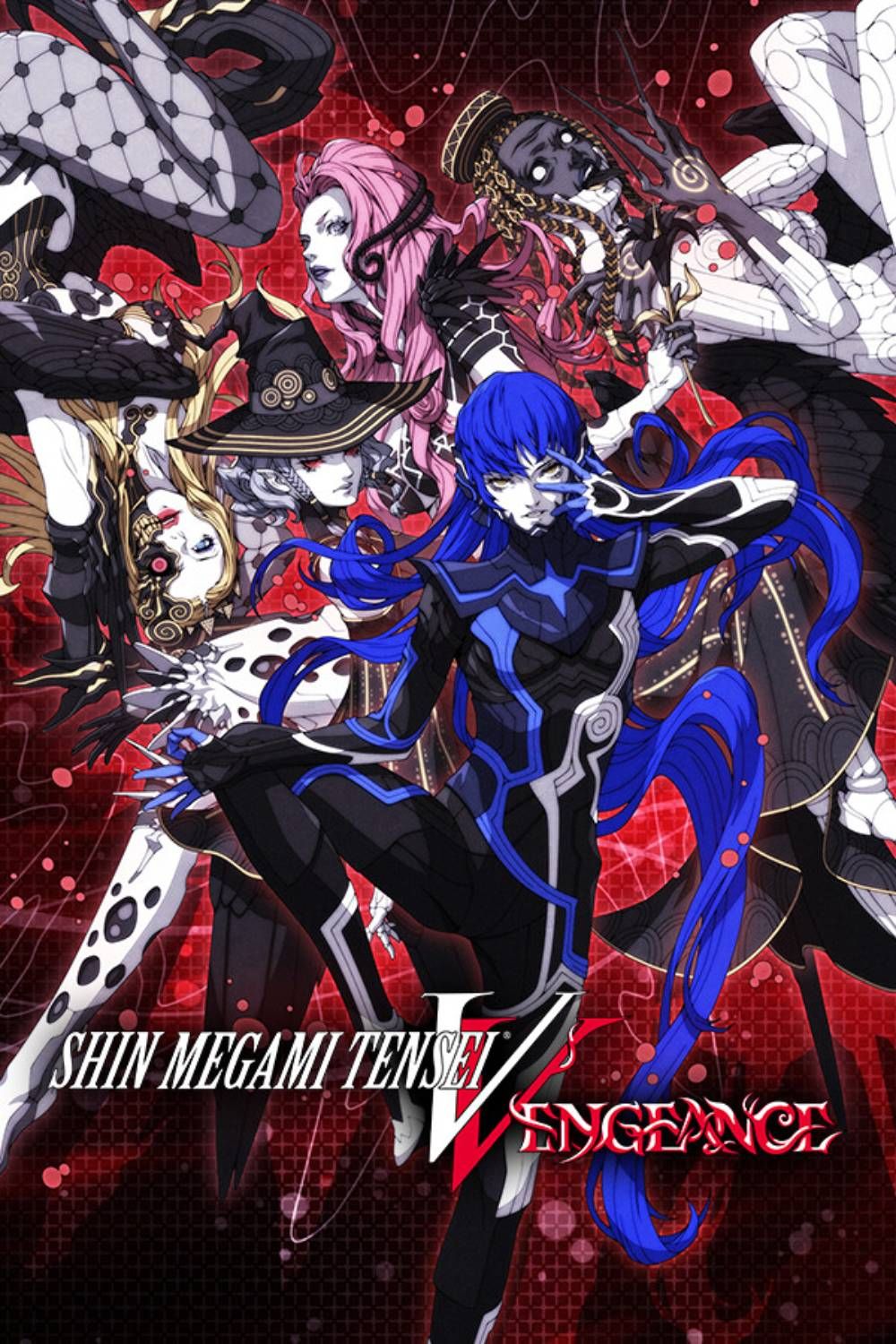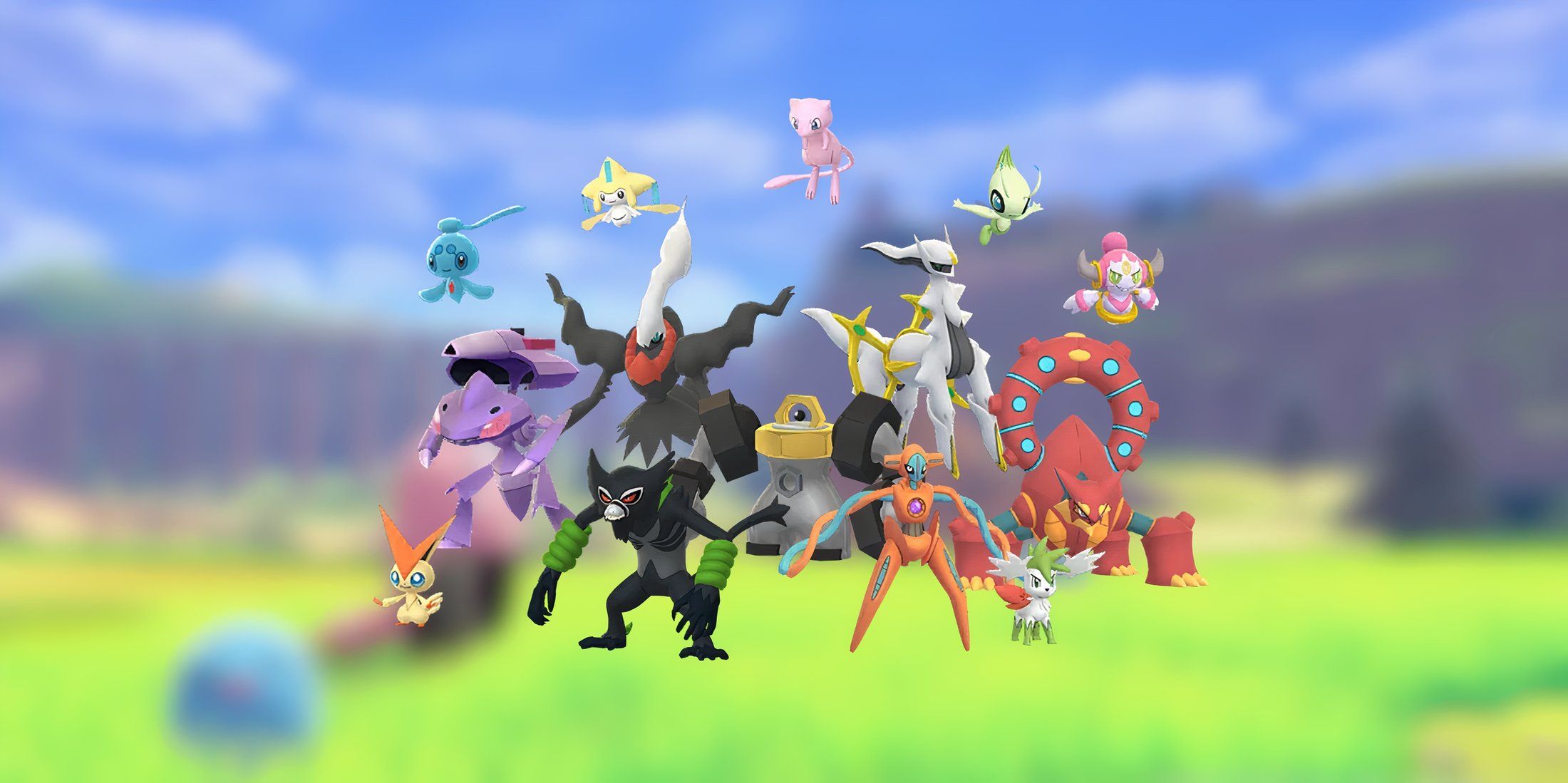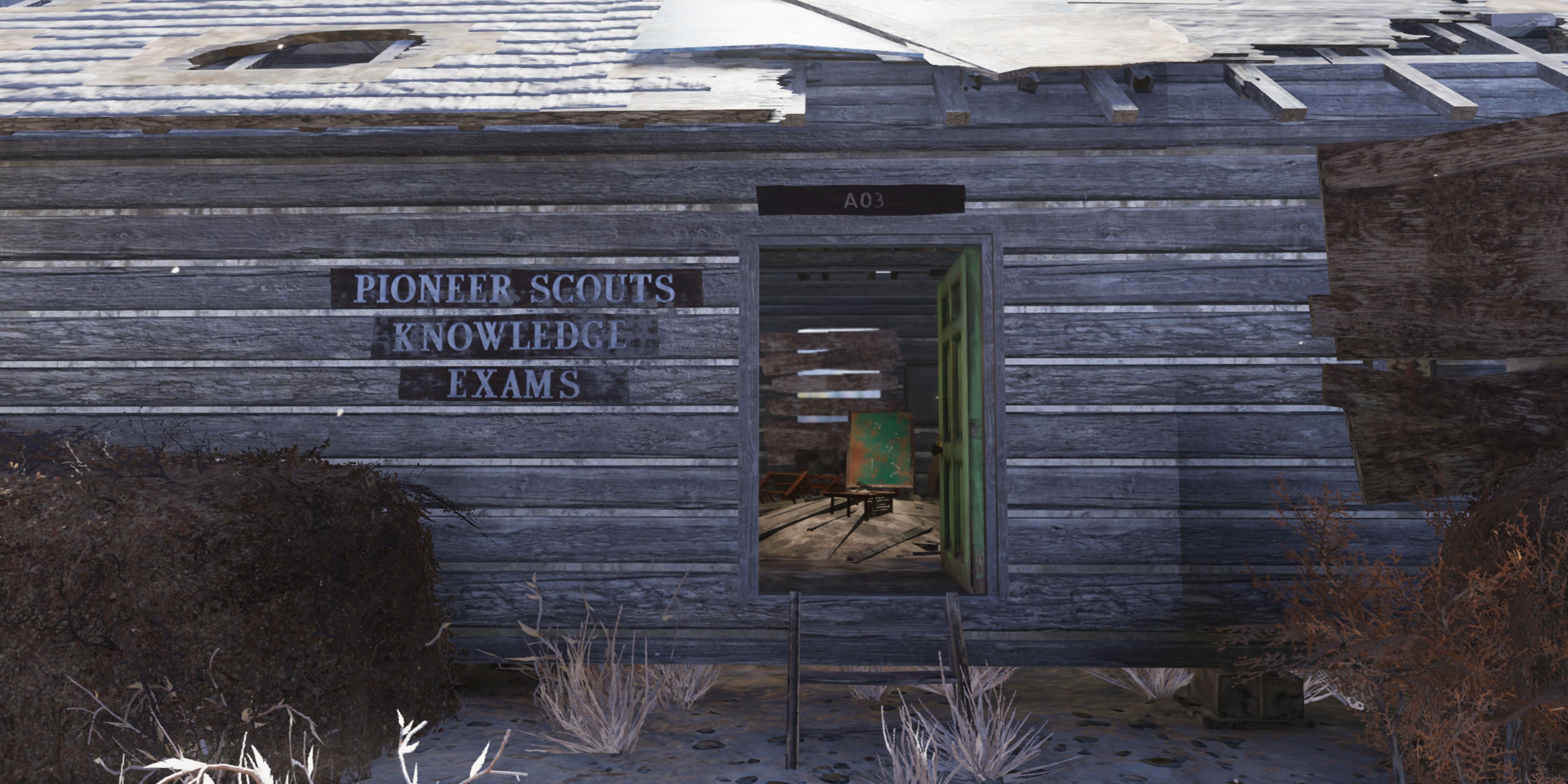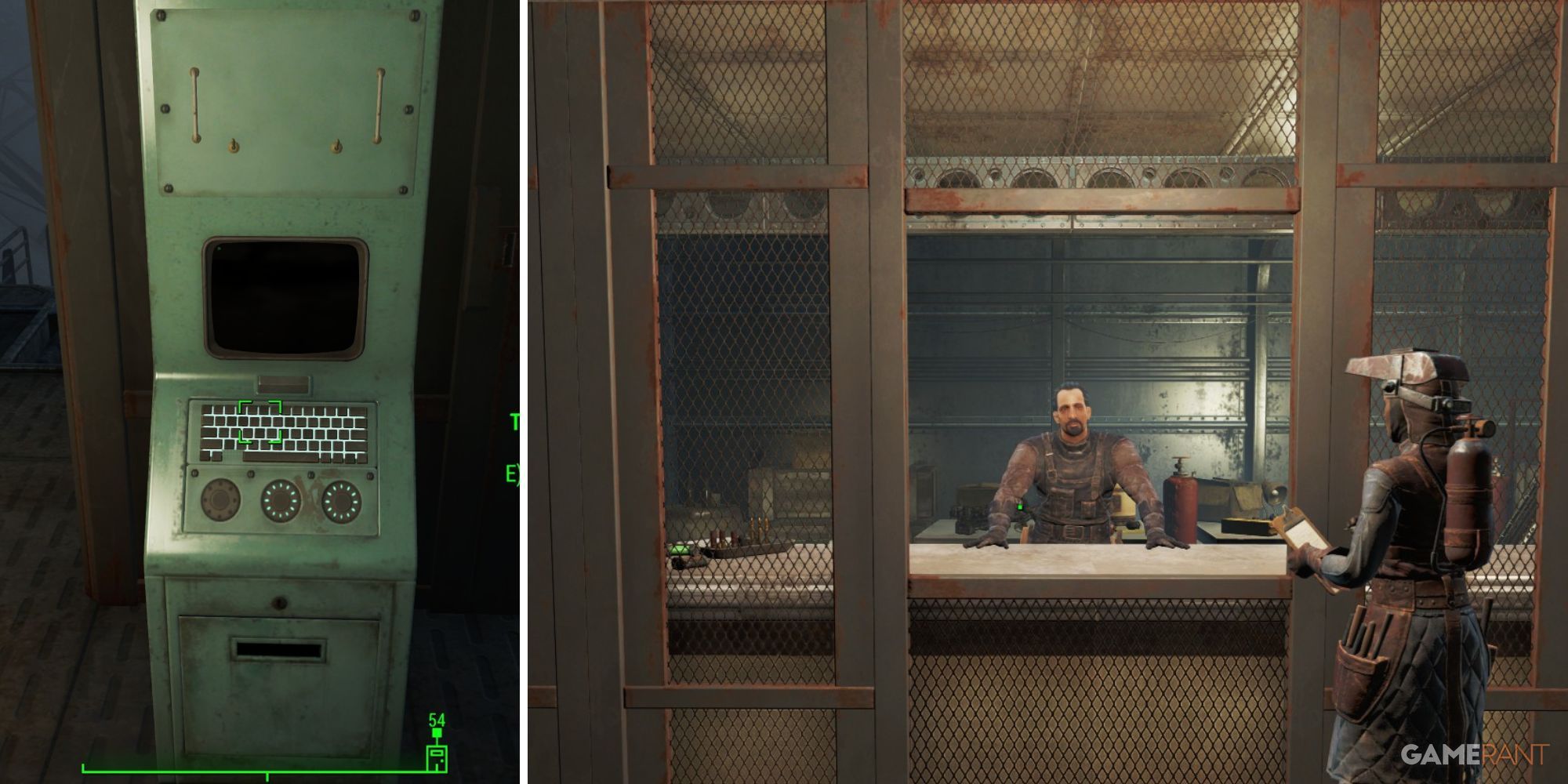Highlights
- Shin Megami Tensei 5: Vengeance and Elden Ring offer challenging but rewarding gameplay with various tools for success.
- Both games provide a variety of combat options, making grinding enjoyable and necessary for overcoming tough encounters.
- The improved re-release of Shin Megami Tensei 5: Vengeance offers a more forgiving beginning and manageable difficulty curve.
The concept of difficulty in games continues to be a regular topic of conversation in the industry, and one of the latest titles to spark up discourse surrounding the topic is Shin Megami Tensei 5: Vengeance. An improved re-release of the previously Nintendo Switch-exclusive JRPG, Shin Megami Tensei 5: Vengeance makes strides toward rebalancing the core experience toward a more forgiving beginning and manageable difficulty curve, but it’s still arguably one of the harder RPG titles players have been treated to in some time. Interesting, then, that the game was released just a week ahead of the launch of what’s perhaps the most anticipated DLC of all time – Elden Ring‘s Shadow of the Erdtree expansion.
Similar to Shin Megami Tensei 5: Vengeance, FromSoftware’s Elden Ring takes an interesting approach to the traditionally brutal difficulty that the developer popularized in its Dark Souls series by giving the player plenty of options to make the game easier without resorting to creating tiered difficulty settings. Elden Ring is “easier” than the Dark Souls games only in the sense that it gives the player an impressive amount of systems and options to wrangle with that make the game more approachable. Shin Megami Tensei 5: Vengeance does the same, and by engaging with every system both it and Elden Ring have to offer, the experience is both more forgiving and more rewarding.
Related
How Shin Megami Tensei 5: Vengeance Hones the Edge of SMT5’s Turn-Based Combat
Shin Megami Tensei 5: Vengeance’s turn-based combat presents possibly the best version of one of the RPG genre’s greatest encounter systems.
Like Elden Ring, Shin Megami Tensei 5: Vengeance Gives Players Option-Dense Combat
Shin Megami Tensei 5: Vengeance and Elden Ring Give Players the Tools for Success
Much of Shin Megami Tensei 5: Vengeance‘s difficulty comes from the fact that enemies are ruthless and will exploit any weakness when given the chance, with the RNG seemingly working behind the scenes to actively sabotage the player. That said, the game gives players plenty of options to turn the tables thanks to the sheer number of systems at play both inside combat and out that give the player a definitive edge. Despite one being a traditional turn-based RPG and the other being an ARPG, Shin Megami Tensei 5: Vengeance and Elden Ring are strikingly similar in this regard.
In addition to allowing players to freely leave a difficult encounter or area and come back when stronger, Elden Ring gives players far more tools at their disposal to aid in combat than any of the other titles in FromSoftware’s library. Ranged weapons, magic, Ashes of War, Spirit Summons, mounted combat on horseback, and an intricately deep melee combat system are all usable at the player’s whim, with most options being viable choices in almost every encounter. Similarly, Shin Megami Tensei 5: Vengeance gives players a host of recruitable demons, each with its own unique skill potential, plenty of Miracles (with passive and active effects), Essences to fuse abilities on command, and much more.
Both Shin Megami Tensei 5: Vengeance and Elden Ring Found a Way to Make Grinding Fun
Enjoyable Combat Takes the Stress Out of Grinding
Given that both titles are open-world experiences that allow the player to come face-to-face with threats that are far beyond their current skill level, it stands to reason that Shin Megami Tensei 5: Vengeance and Elden Ring each involve their fair share of grinding. Aogami will routinely chime in to let the Nahobino know about a dangerous threat within his proximity that might outclass him, and Elden Ring uses both environmental cues and the increasing strength of enemy mobs to indicate the threat level of a particular area or upcoming encounter. And, as is the case in both games, it’s both beneficial and enjoyable to fight weaker enemies to build strength and return to these tough encounters when ready.
Grinding is something that many modern RPGs have made concerted attempts to move away from, but there’s a case to be made that it’s one of the more enjoyable parts of the genre when done right. Ultimately, the fun factor inherent in grinding levels comes from games having an enjoyable combat system and still providing challenging encounters in the face of inflated stats, and Shin Megami Tensei 5: Vengeance and Elden Ring each strike a balance between giving the player enough tools to make them stronger while still requiring that they fully engage with combat to be successful.


